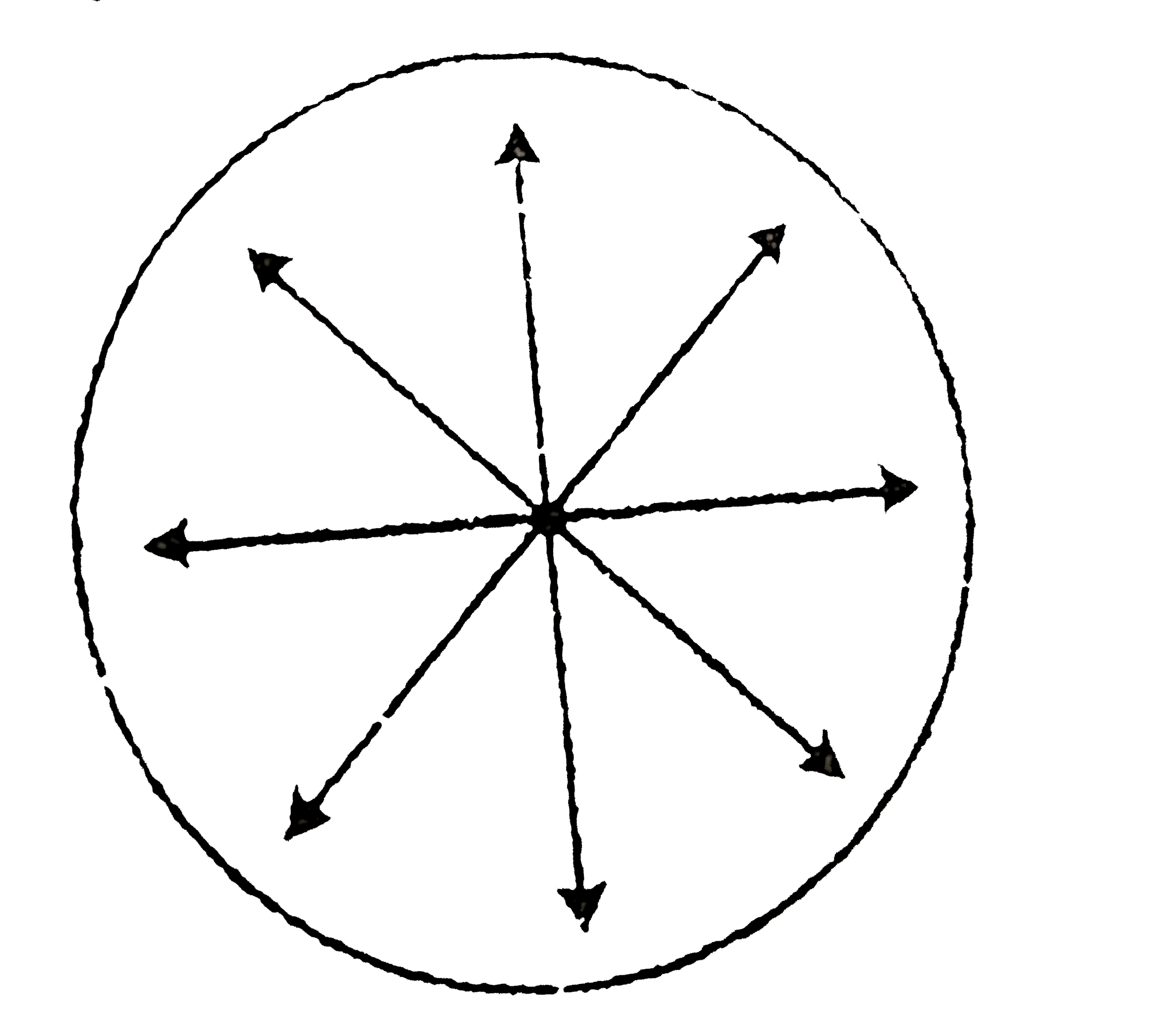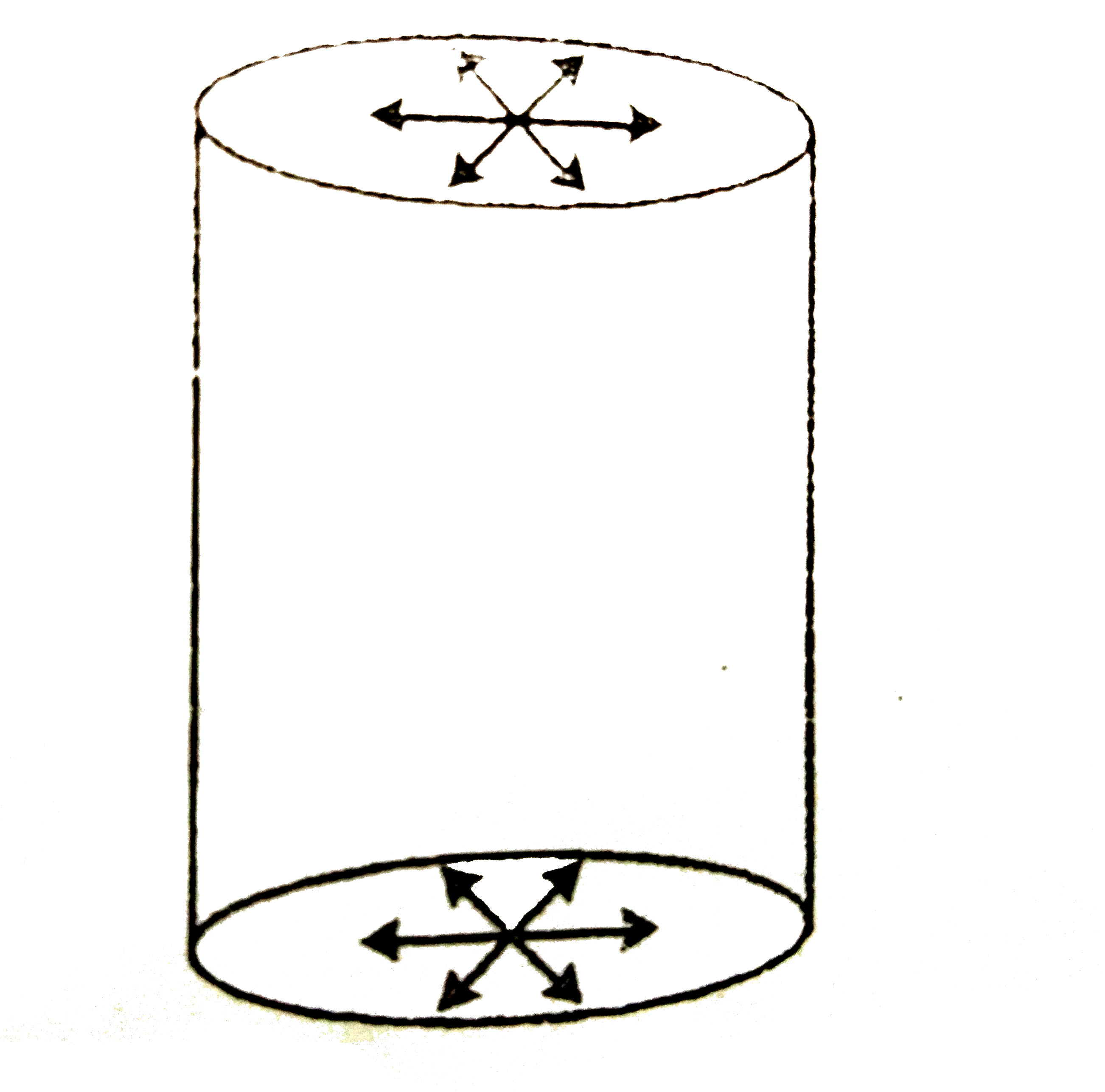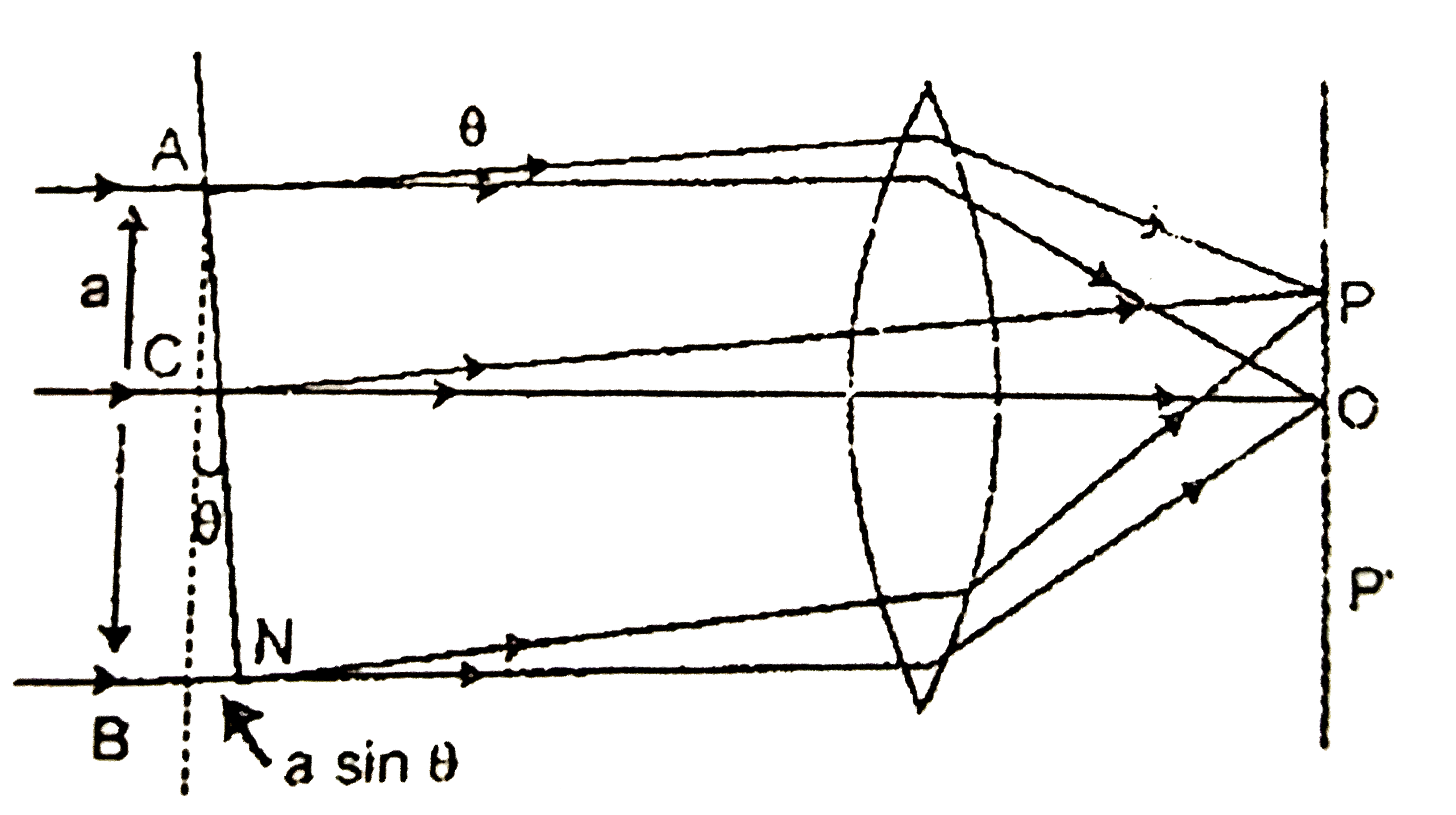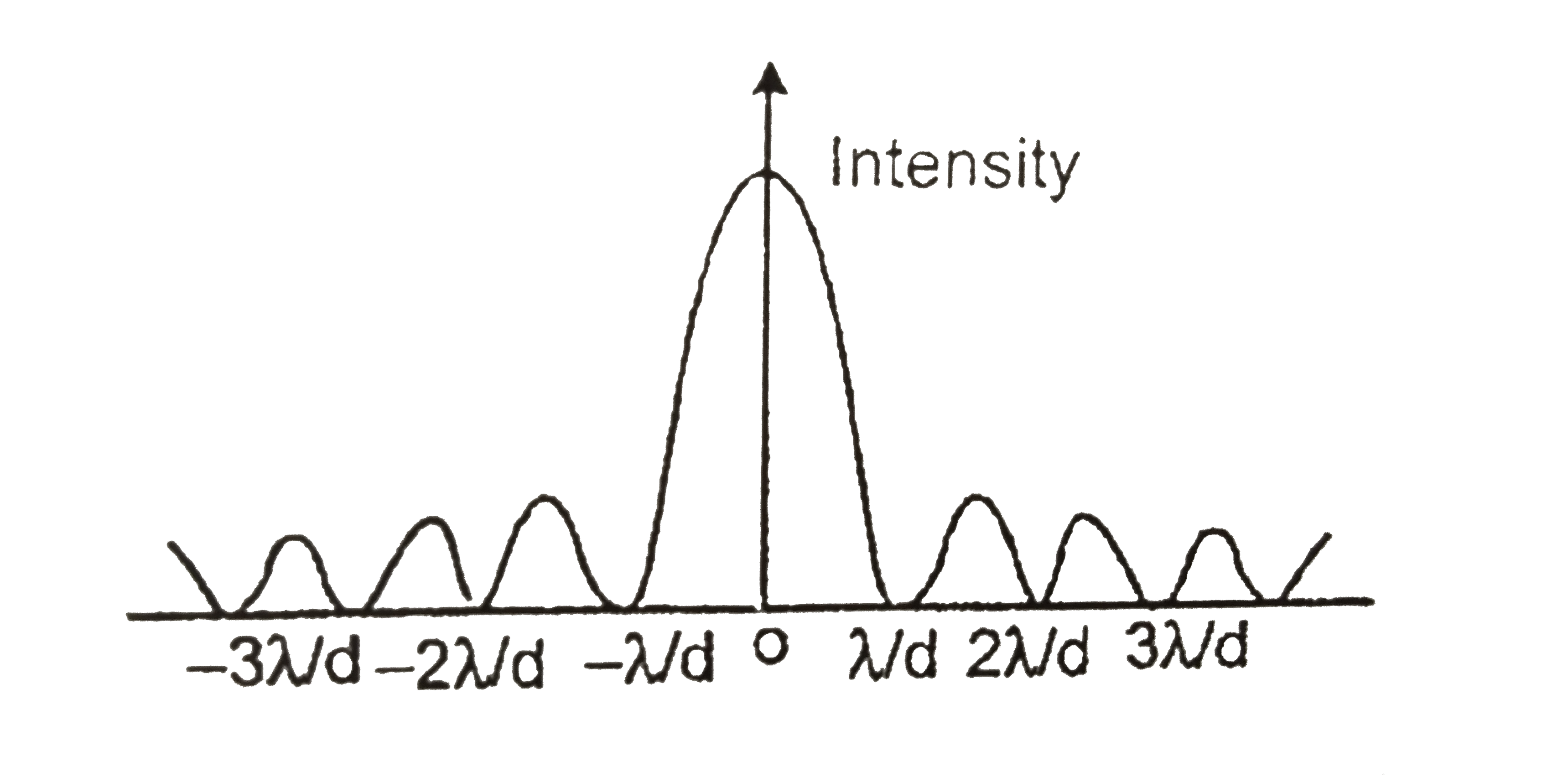(a) Using Huygen's principle draw a diagram to whow propagation of a front originating from a monochrmatic source.
(b) Desctibe diffraction of light due to a single slit. Explain formation of a pattern of fringes obtained on the screen and plot showing variation of intensity with angle θ in single slit diffraction.
(a) Depending on the shape of source of light wave-front can be of three types.
(i) Spherical wave front : When the source of light is a point source, the wave front ia a sphere with centre at the source an in fig. 1(a).

(ii) Cylindrical wave-front : When the source of light is linear, the wave-front is cylindrical as in fig. 1(b)

(iii) Plane wave-front : When the linear source of light is at very large distance a small portion of cylindrical wave front appears to be palne as in fig. 1(c)

(b) Diffraction of light at a single slit.
Figure shows the diffractions of a monochomatic wavefront from a single slit (AB). The secondary wavelets that go straight across tha slit arrive at the lens in same phase and are brought of focus on the screen at O. Thus the intensity at O is maximum.

Consider now the rays making an angle θ with the direction of normal to the slit, such that a sinθ=λ. In this case, if we imaging the slit to be divided into two equl parts AC and CB, then for every point in AC, there is point in CB such that the path difference between the rays from these points is λ/2. Thus the points P and P' at which these rays converge will be minima. Since θ is very small this gives θ=λ/a. Angular width of central maximum =2θ=2λa. The intensity distribution curve for diffraction at a single slit is shown below.

Topper's Solved these Questions
Similar Questions
State the essential condition for diffraction of light to take place. Use Huygens' principal to explain diffraction of light due to a narrow single slit and the formation of a pattern of fringes obtained on screen. Sketch the pattern of fringes formed due to diffraction at a single slit showing variation of intensity with angle θ.
What are coherent sources of light ? Why are coherent sources required to obtain sustained interference pattern ?View SolutionDraw a graph showing the intensity distribution of fringes due to diffraction at single slit
View Solution
Knowledge Check
- Question 1 - Select One
Central fringe obtained in diffraction pattern due to a single slit-
Ais of minimum intensityBis of maximum intensityCintensity does not depend upon slit widthDnone of the above - Question 2 - Select One
In a single slit diffraction pattern, if the light source is used of less wave length then previous one. Then width of the central fringe will be-
AlessBincreaseCunchangedDnone of the above - Question 3 - Select One
A single slit diffraction pattern is obtained by using a beam of red light. What will happen to the diffraction bands if the red light is replaces by green light?
ANo change is the patternBThe bands will disappearCBands will become narrower and crowdedDBands will become broader annd will move apart
The angular width of the central maximum of the diffraction patternn in a single slit (of width a) experiment, with λ as the wavelenth of light, is
View Solution(a) Define a wavefront. Use Huygen' principle to shown diagrammatically the propagation of a plane wavefront from the intant t1=0 to later time t2.
(b) State briefly two features which can distinguish the characteristic features of an interference pattern from those observed in the diffraction pattern due a single slit.View SolutionA single slit diffraction pattern is obtained using a beam of red light. If the red light is replaced by the blue light, then the diffraction pattern
View SolutionFirst diffraction minima due to a single slit of width 10−4cm is at θ=30∘. The wavelength of the light used is –
View SolutionMonochromatic plane waves of light are incident normally on a single slit. Which option correctly shows the diffraction pattern observed on a distant screen?
View Solution

